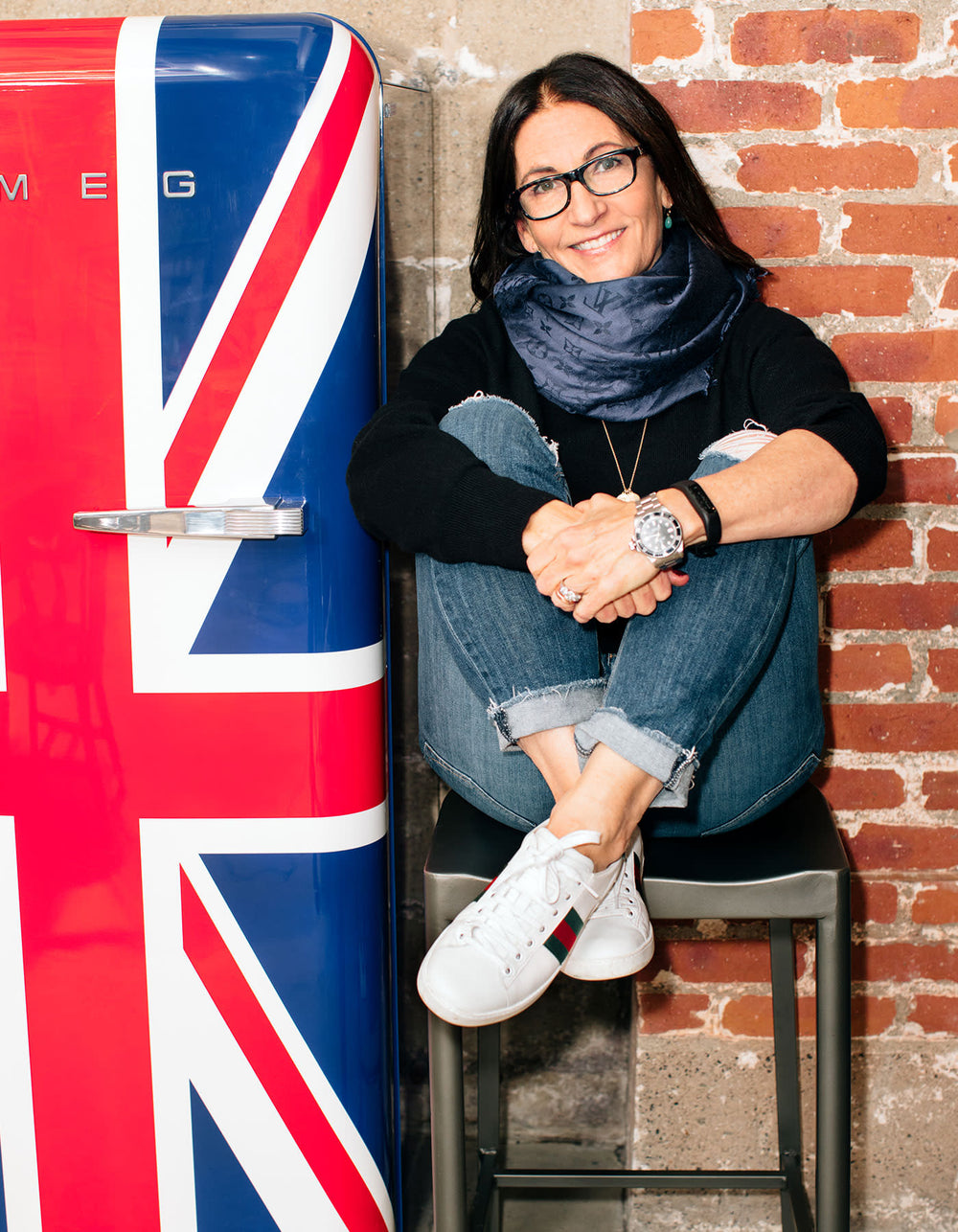Diary / Wellness / Sep 26, 2022
Breaking the Diet Cycle: The Female Metabolism
Written by: Leslie Ann Quillen, Fat Loss Foodies

Your best friend from college is thriving on the keto diet. She’s lost over 30 pounds, has started exercising again, and spends her free time making something called “fat bombs.”
Your Pilates instructor swears by a vegetarian diet and starts every day with a big glass of green juice. Occasionally she eats fish, but most of her protein comes from plants.
Your sister is now lifting weights and using an app to track her food intake (something she calls, “macro tracking.”) Every time you talk to her, she brags about how many carbs she’s eating and swears she’s getting arms like Michelle Obama’s. Worst part: you have to admit, her arms do now bear a striking resemblance to Mrs. O’s...
And you? You’ve tried all of these strategies and more, yet you still haven’t found “the one” - the one diet that will give you the body, the energy, and the life you want. You’re convinced you have a broken metabolism, a complete lack of willpower, or the worst genes ever. You fear it may be a combination of all three. Maybe you can relate?
While everyone around you is joining fitness and nutrition “teams,” you’re still struggling, scrolling, and searching for an answer to the age-old question: "Why did I gain weight and how do I lose it?"
As a Certified Personal Trainer and Fat Loss Nutrition Coach, I’m on the receiving end of this question daily. Women come to me because they’ve tried - and failed - at countless attempts to lose weight. There isn’t a plan or program they haven’t tried, yet they still can’t seem to find something that works for more than a few days or weeks.
My answer: The reason you haven’t found the perfect diet program is because it doesn’t exist. You have to create it. If you want to end the vicious cycle of trying a new diet, failing, and finding a new one, you must understand a few basic truths about the female metabolism. In short, it doesn’t work the way you’ve been lead to believe.

Truth #1: The female body is wired for survival
Women’s bodies are designed to co-create and sustain human life, a job that requires a combination of resilience and adequate fat stores in the event of hardships like food scarcity or extreme cold. When compared to men, women have more body fat and a lower metabolic rate, and they are also more sensitive to stress.
Yet, for women who want to lose weight, most popular approaches call for eating less, cutting out entire food groups, or skipping meals entirely, all while ramping up time spent in the gym – conditions that mimic the hardship of survival scenarios.
Instead of taking the tried-and-failed “eat less, exercise more” approach, help your body feel safe by eating sufficient calories from real, whole nutrient dense foods. Limit workouts to an hour or less and prioritize strength training over long-distance, steady state cardio. Take rest days and engage in relaxing, restorative activities like outdoor walks and yoga.
Yes, to lose weight, you do need a slight caloric deficit (meaning: you must burn slightly more calories than you consume), but extreme approaches throw the body into a state of further imbalance by elevating stress hormones and disrupting hunger signals to increase hunger and cravings. Whatever your approach may be, remember: your body doesn’t want a six-pack. It wants to survive.

Truth #2: Every woman is as unique on the inside as she is on the outside
The diet and exercise program that works for your best friend – or even your own sister – may be disastrous for you. You are unique, and the approach you take to change your body should be, too. I witnessed this early on in life with my sister and I. Even though we had the same parents, lived in the same house, ate the same meals, and did the same things, we looked completely different. Our hair color and texture, eye color, skin tone, bone structure, body type - all so different.
As adults, we both struggled with our weight in different ways. I remember the time we went on a low-carb, higher-fat diet together. I was lucky to make it 2-3 days before succumbing to intense cravings, whereas she adhered to the plan with relative ease and got better results. Future dieting attempts solidified our differences: she had more success on lower carbohydrate diets, while I thrived on higher carbohydrate ones.
Once I became a Personal Trainer and later, a Fat Loss Nutrition Coach, I saw the same scenario play out in my clients. I couldn’t give the same cookie-cutter plan to every client and expect the same results, because each woman was different.
There is a human tendency to return to things we’ve had success with, but this doesn’t work with diet and exercise. Unlike men, who stay relatively steady hormonally throughout life, women’s bodies are in a near-constant state of change. Hormone levels fluctuate as we enter puberty, then again in our childbearing years, and again as we approach menopause. Each phase requires a different approach to how we eat and move.
As women age, they become more sensitive to stress and carbohydrates. Many experience an increase in abdominal fat storage due to declining estrogen levels. Estrogen acts as a buffer against the stress hormone cortisol; it’s part of what gives women an “hourglass” shape when they are younger. Less estrogen means cortisol goes unchecked, resulting in more fat storage in the midsection – especially if the diet is not adjusted to lower carbohydrate intake.
Instead of copying your BFF’s diet or looking back at the glory days of your 20s when you could easily drop 10 pounds by skipping happy hours and taking a few extra spin classes, meet your body where it’s at today. There is no one, right diet or exercise plan that works for everyone. Trial and error is the path to discovery, and you can start as soon as your very next meal.

Truth #3. Your body is not a calculator
Most mainstream approaches to diet and weight loss ignore the role that hormones play in female fat loss. They tell us it’s simply a numbers game: we are eating too much and not exercising enough. This calorie-based model throws the body into a state of further hormonal imbalance, making it more likely that any weight lost will regained - and then some.
Food and exercise aren’t just calories consumed and burned; they are information for your body. Every time you eat, exercise, or sleep – or don’t – hormones send signals that determine whether the body stores fat or burns it, and where on the body fat will be stored. Hormones also control hunger levels, as well the types of foods we crave.
By eating a diet that is high in protein, fiber, and water, fat is burned, lean muscle is preserved, and hunger and cravings are dialed down. Foods that are high in protein and fiber also tend to be low in calories, incredibly filling, and difficult to overeat, making the caloric deficit part of the equation practically effortless.
The best diet and exercise program for you is the “Insert Your Name Here” Program. It’s the one that works for your body and your metabolism – the way they are right now. It’s also a program that you genuinely like and enjoy doing.
By embracing your uniqueness and taking ownership of the process, you will unlock a healthy, sustainable way of eating, exercising, and living that is customized and perfectly suited for who you are today.













































 Miracle Balm
Miracle Balm
 Just Enough Tinted Moisturizer
Just Enough Tinted Moisturizer
 What The Foundation
What The Foundation


